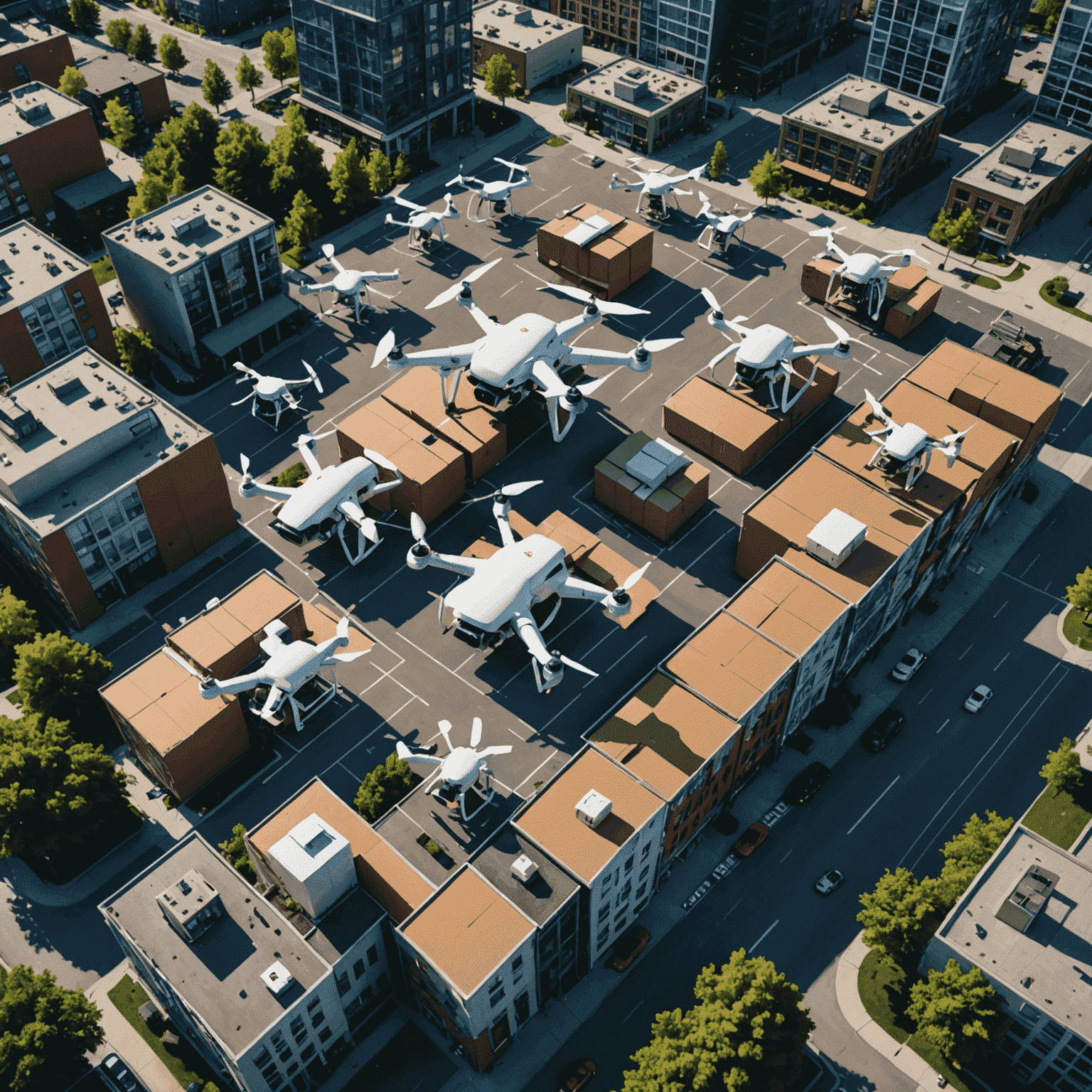Canadian Regulations for Insured Drones

As drone technology continues to revolutionize the logistics industry in Canada, understanding the regulatory landscape for insured courier drones is crucial for businesses and operators alike. This comprehensive guide will walk you through the key Canadian laws and regulations governing the use of insured drones in courier services.
Transport Canada's Drone Regulations
Transport Canada is the federal department responsible for drone regulations. They have established a framework that balances innovation with safety and privacy concerns:
- All drones weighing between 250g and 25kg must be registered with Transport Canada.
- Drone pilots must obtain a drone pilot certificate – either basic or advanced operations.
- Drones must be marked with their registration number.
- Operators must maintain visual line-of-sight with their drones at all times, unless granted special permission.
Insurance Requirements
For courier drones, insurance is not just a good idea – it's mandatory. Here are the key points:
- Liability insurance of at least $100,000 is required for all drone operations.
- For advanced operations or operations in controlled airspace, higher coverage may be necessary.
- Insurance must cover risks associated with technological protection and drone logistics security challenges.
Airspace Restrictions
Understanding where you can fly is critical:
- Drones are prohibited from flying near airports, heliports, and seaplane bases without special permission.
- Operations in controlled airspace require approval from air traffic control.
- Specific no-fly zones exist around emergency operations and advertised events.
Privacy and Data Protection
As courier drones often carry sensitive information, operators must be aware of privacy laws:
- Comply with the Personal Information Protection and Electronic Documents Act (PIPEDA).
- Implement robust data protection measures to safeguard customer information.
- Obtain consent before collecting personal information via drone operations.
Technological Protection Measures
To ensure the security of courier drones and their payloads, operators should implement:
- Anti-collision systems to prevent mid-air accidents.
- Encrypted communication channels to protect against hijacking attempts.
- Geofencing technology to enforce no-fly zones and airspace restrictions.
Future of Drone Regulations in Canada
As the drone industry evolves, so too will the regulations. Stay informed about:
- Upcoming changes to beyond visual line-of-sight (BVLOS) operations.
- Integration of drones into urban air mobility concepts.
- Potential adjustments to insurance requirements as the industry matures.
Key Takeaways
- Register your drone and obtain proper certification.
- Secure adequate insurance coverage for your operations.
- Stay informed about airspace restrictions and privacy laws.
- Implement robust technological protection measures.
- Keep abreast of evolving regulations in the drone logistics sector.
By adhering to these regulations and best practices, courier drone operators in Canada can ensure they're flying safely, legally, and responsibly. As the industry continues to grow, staying informed and adaptable will be key to success in this exciting field of logistics technology.